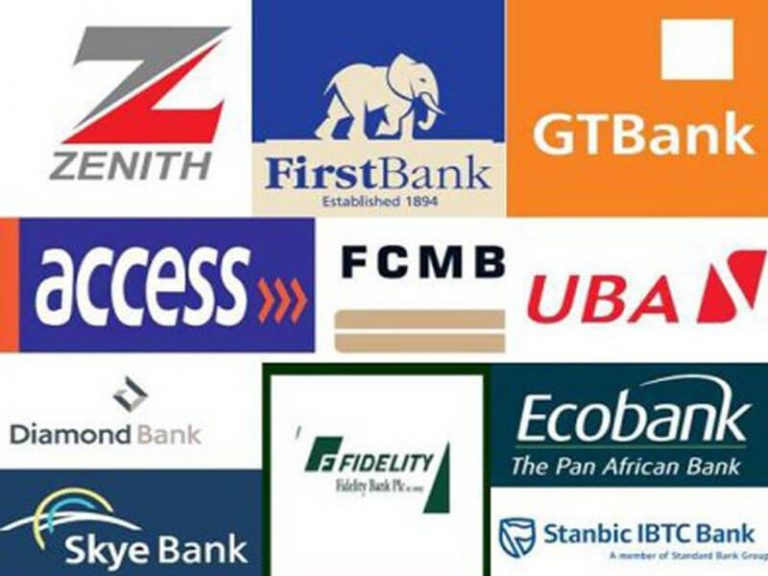Nigeria’s major deposit money banks have reported a staggering 141.75% Year-on-Year (YoY) rise in their interest income for the half-year period ending in June 2024 (H1’24).
This surge is attributed to continuous hikes in the Central Bank of Nigeria’s (CBN) interest rates over the past months.
The CBN’s Monetary Policy Committee (MPC) has steadily increased the Monetary Policy Rate (MPR) over the last 10 months, culminating in a record 27.25% last week. This effort is aimed at curbing inflationary pressures within the economy.
As the MPR, which serves as the benchmark for other interest rates in the financial market, continues to climb, commercial banks have adjusted their lending rates accordingly, often outpacing the increases in deposit rates.
A review of financials from 11 leading commercial banks reveals that their interest income on loans for H1’24 amounted to ₦6.89 trillion, a sharp increase compared to ₦2.8 trillion in the same period of 2023.
The banks in focus include Zenith Bank Plc, Access Bank, Stanbic IBTC, Guaranty Trust, United Bank for Africa (UBA), First Bank, FCMB, Wema Bank, Union Bank, Ecobank, and Sterling Bank.
A breakdown of the findings shows that tier-1 banks earned the highest from loans issued during this period. Access Bank led the pack with ₦1.3 trillion, up from ₦596 billion in H1 2023.
Ecobank followed closely with ₦1.2 trillion, a rise from ₦445.9 billion. UBA recorded ₦1.008 trillion, a significant jump from ₦428.2 billion in H1’23.
First Bank saw its interest income climb to ₦947.7 billion from ₦371.1 billion, while Zenith Bank reported ₦946.62 billion, up from ₦351.04 billion in the previous year.
Earlier this year, Fitch Ratings highlighted that Nigerian banks are benefiting from rising net interest margins (NIMs) as a result of these MPR hikes.
In its report titled *Nigerian Banks to Benefit from Monetary Policy Rate Increases*, Fitch explained that the increase in fixed-income yields, following the devaluation of the naira, is also contributing to higher asset yields, especially as most loans have variable rates that can be adjusted to reflect rising interest rates.
However, Fitch cautioned that banks may not fully pass on these higher rates to some customers due to concerns over the increased burden of debt servicing in the current challenging economic climate.
While funding costs may not be as responsive to higher rates, given that a large portion of bank deposits are held in current and savings accounts, Fitch expects net interest margins to widen significantly in 2024.


